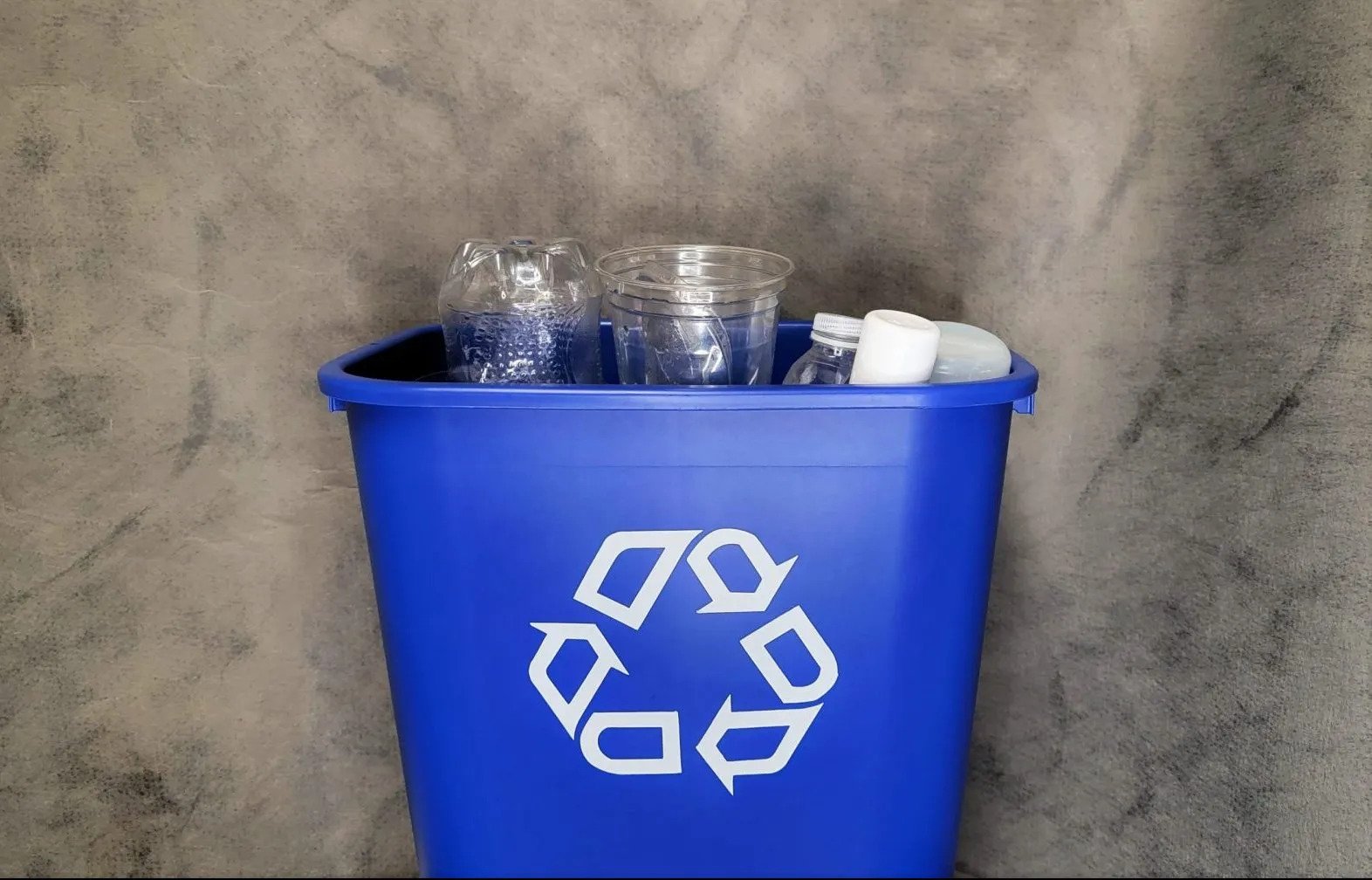Plastic has only been around us for over a century, but it has become an essential part of our lives. Everything is made of plastic, from drink bottles to children’s toys. In roughly 70 years, 8.3 billion metric tons of plastic have been produced, and 6.3 billion metric tons of that is becoming waste. Only 9% of waste has been recycled from the total. While plastic waste grows, advancements in technology and steps taken by the government are making effective measures to counteract this situation. Now you can find many bottle depots in Calgary or wherever you live for proper disposal and recycling of plastic bottles.
The plastic recycling process steps
Plastic recycling is crucial to reduce waste generation and existing waste and increase sustainability. Many return-it bottle depots have come into existence to make the recycling of bottles efficient and effective. The plastic recycling process has shown significant improvements and can be followed by six steps.
Collection and distribution
The first step in recycling plastic bottles is to collect plastic waste from different institutions, offices, and homes. This process can be carried out by government or private companies. Another option is to find a collection point, such as a local bottle depot or a designated recycling bin nearby, to gather the waste for recycling.
Sorting
The next step in the recycling process is sorting. Different plastics are sorted according to their type, colour, size, and thickness. This process is done by the machine present at a recycling plant. Sorting makes the recycling process more convenient and efficient for the plant and prevents the contamination of the final product. This is mainly done at a bottle depot in Calgary or elsewhere before sending to a recycling plant.
Washing
Washing is a critical step in recycling, and it removes the dirt and impurities that might interfere with the whole process or destroy the batch. This step targets the removal of labels, food residue, impurities, adhesives, and dirt. It must be ensured that there is no impurity left on the plastic before collection or disposal.
Shredding
The plastic is then put into shredders that break it down into smaller pieces which might then be reused or sold as raw materials. This breakdown into smaller particles allows you to find other more minor impurities like metals which might not be visible in the bottles. These metal pieces can be removed by using magnets at this stage.
Identification and separation
Here plastic particles are tested for their quality and class. Firstly, their density is determined by letting the pieces float in the container of water, followed by the process of air classification in which the density of the pieces is determined as they are passed through a wind tunnel where lighter particles float and thicker particles remain at the bottom.
Extruding and compounding
This is the final step, where the shredded plastic particles are turned into valuable products for the manufacturers from a bottle depot. This shredded plastic is melted and compressed together to form pellets. Compounding all plastic kinds, classes, and qualities in a single facility is impossible. Most of the time, different grades of plastics are sent to different recycling setups for this step.
Conclusion
Plastic is widely used in our daily lives and serves many purposes. We have had a detailed understanding of how plastic bottles are recycled at a recycling plant and how plastic recycling bottles will benefit the world by bringing more sustainability. We should remember that whenever we find an empty plastic bottle, we must ensure to dispose of it at a return-it bottle depot or a nearby recycling facility where it can be appropriately recycled


Recent Comments